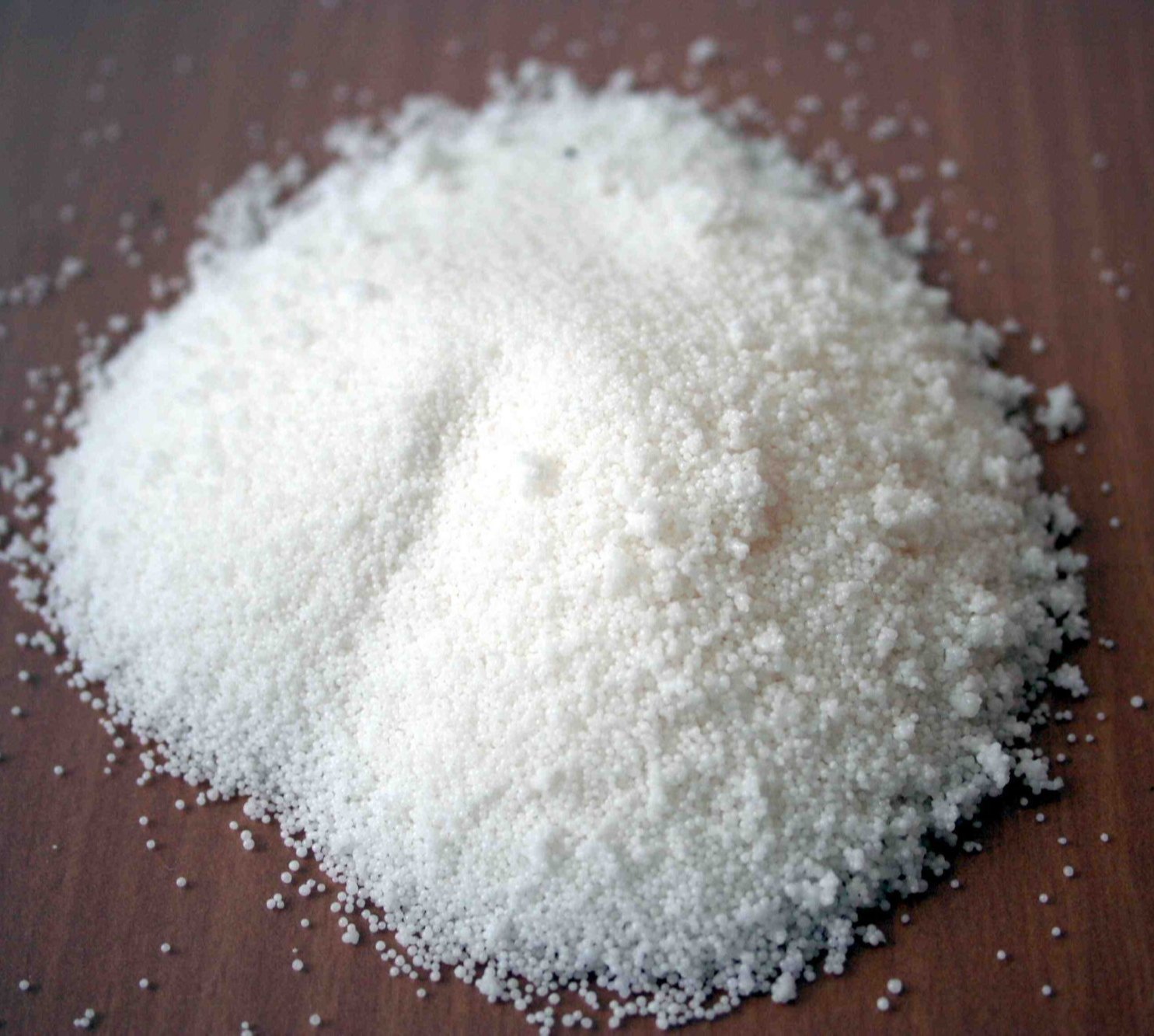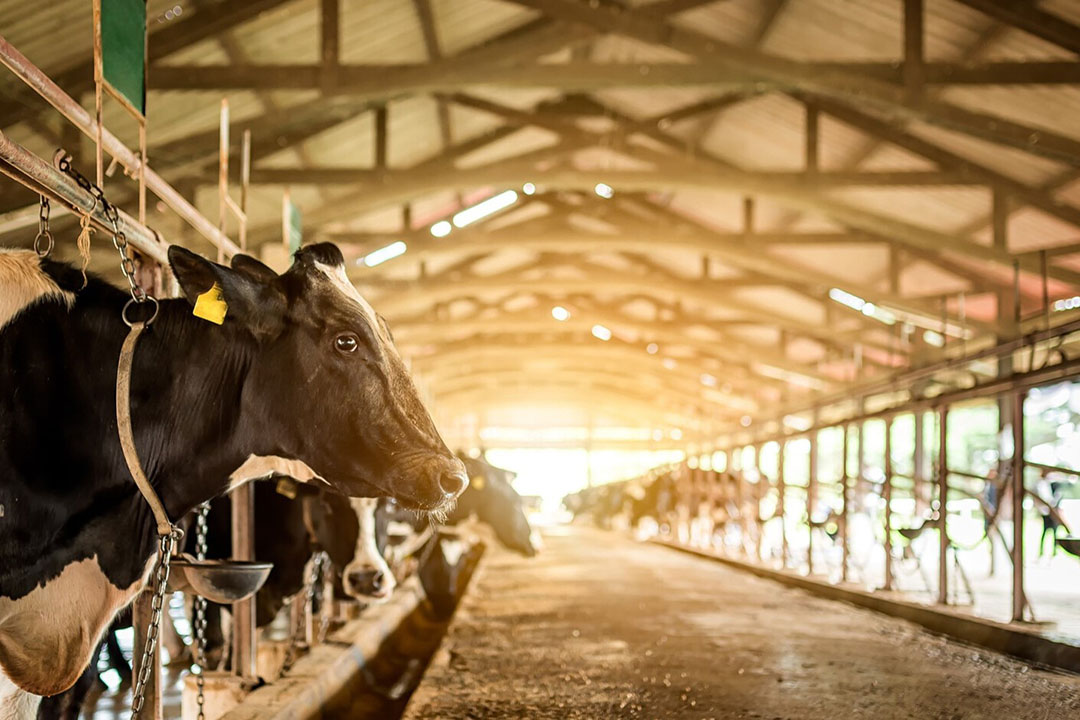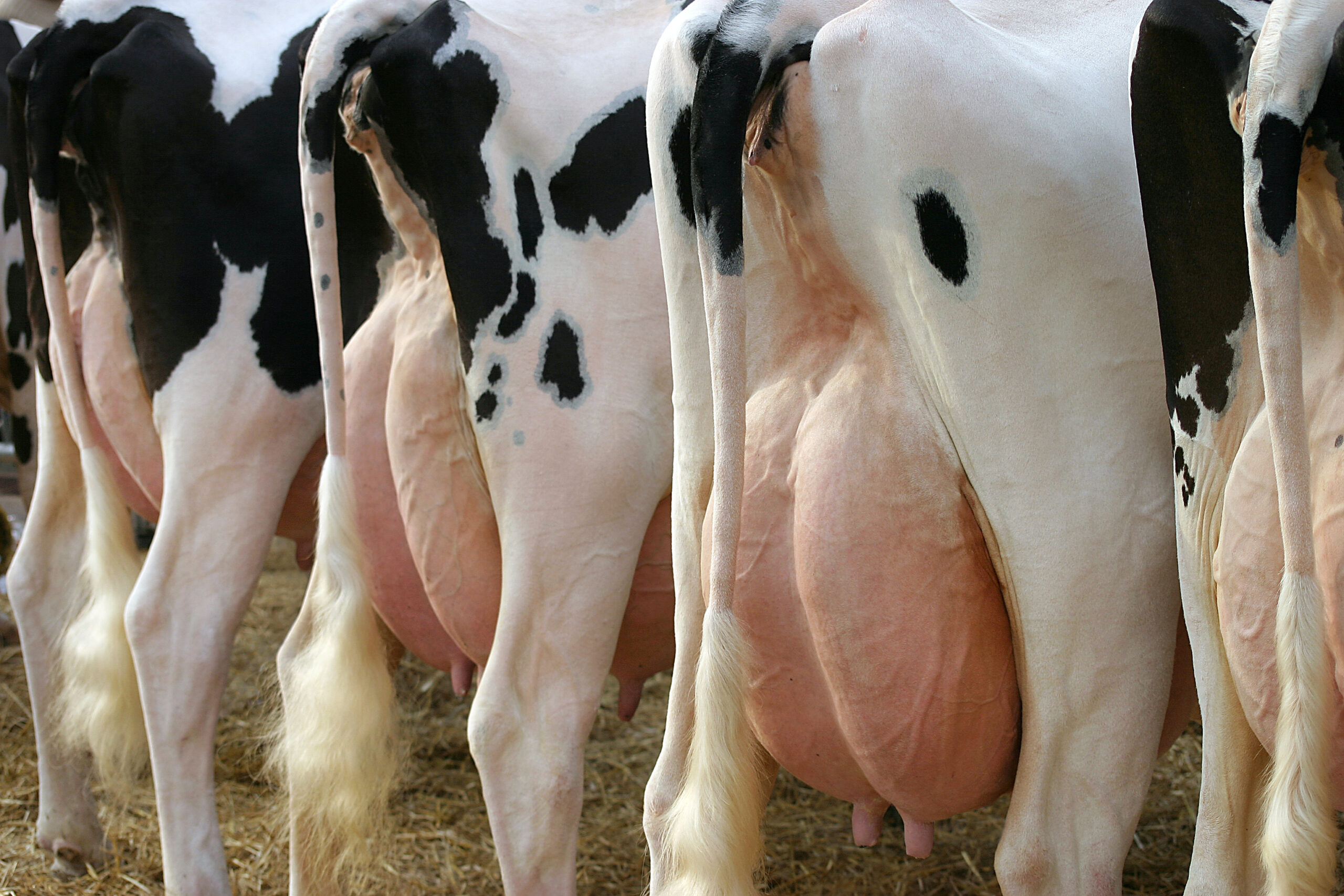PALMITIC ACID (C16) PRODUCT CASE
Palmitic acid is a fatty acid with a 16-carbon chain. It is the most common saturated fatty acid found naturally in animals, plants and microorganisms.
ABOUT PALMITIC ACID
Where is palmitic acid found? It’s naturally found in animals (including humans) and in some plants.
Because it’s a fatty acid, you’ll find it in fat-containing plant foods including coconut oil, palm and palm kernel, olive and flaxseed oils, as well as animal-derived foods like meat and milk.


Dairy Farming
Palmitic acid is key in dairy cattle nutrition, especially during lactation. Adding it to a cow’s diet ramps up the milk volume and the fat content of milk, raising both the quantity and commercial value of the milk.
Fat supplements are commonly fed to dairy cow diets as a strategy to increase dietary energy density, increase yields of milk and milk fat, and improve energy balance. Recent research indicates that the fatty acid profile of supplemental fat is a major factor affecting dairy cow performance
Results have shown that palmitic acid fed at 2% of dry-matter diet has the potential to increase yields of milk and milk fat, independent of production level without increasing body condition score or body weight.


